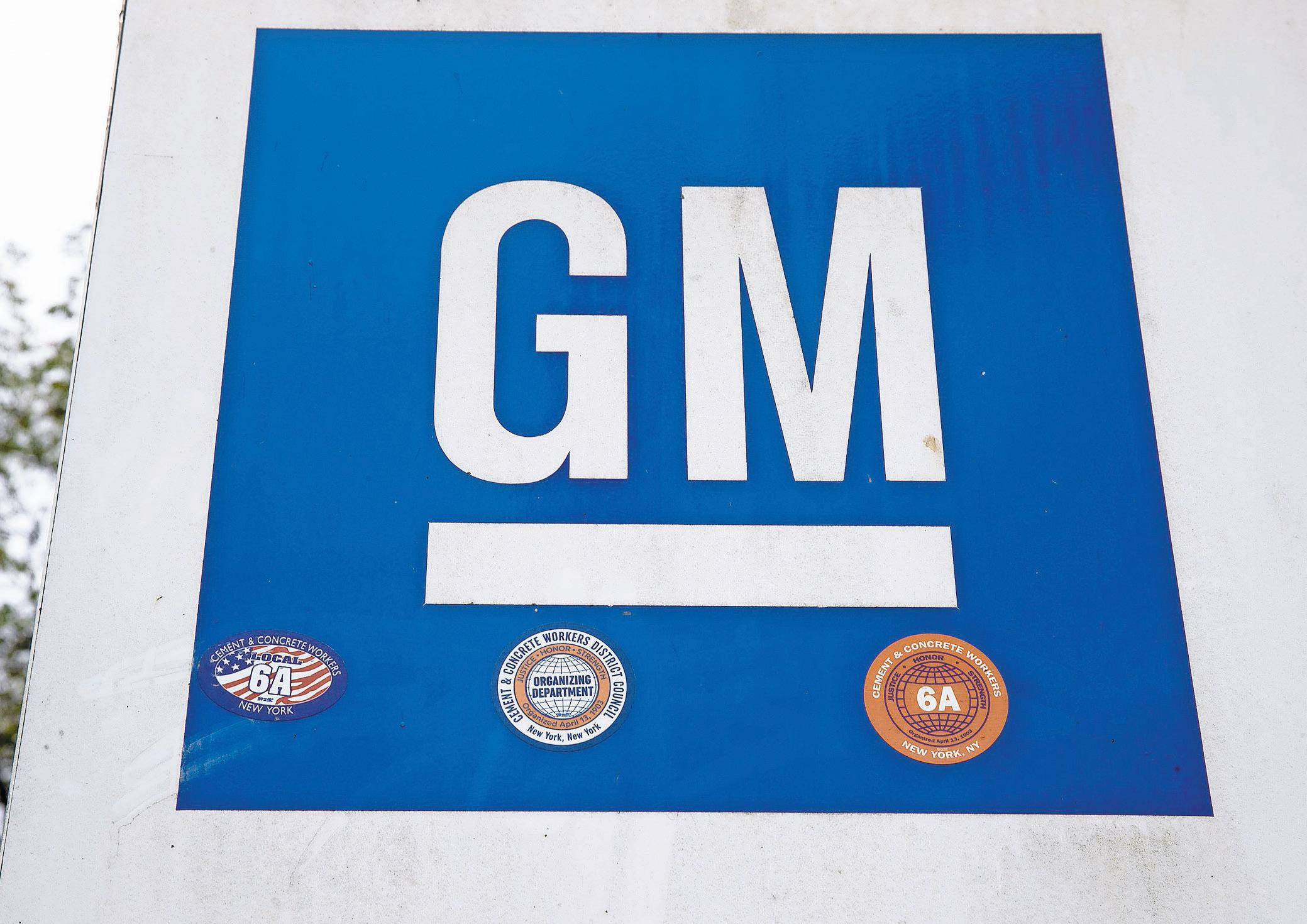
11 minute read
lgbtQ+ businEssEs contribution to thE Economy
In fact,
Advertisement
LGBTQ+ businesses have a positive impact on PR’s economy
$780 million are estimated to be spent in tourism related activities
Efraín Montalbán Ríos, The Weekly Journal
From the shadows to the multiple of colors that identify what some call “pride” and others “community,” is how Joey Colón, executive director and creator of the Puerto Rico LGBTQ+ Chamber of Commerce (LGBTQ+CC), would characterized the transformation thousands of LGBTQ+ businesses have undergone throughout history. According to data provided by the LGBTQ+CC, there are 14,210 businesses in the LGBTQ+ community on the island, with an estimated 30% allied businesses –open to cater to people from this sector– which translates into an estimated economic impact of $780 million, and 6,000 direct jobs for Puerto Rico.
Colón argued the LGBTQ+ community has always generated significant revenues for the island, as evidenced by the average profile of the businesses owners.
“This economic impact has always existed, but was not openly admitted because usually the community is made up of professionals who prepare themselves, who study, who enterprise and create businesses… that has always happened. But it used to happen in the closet. Now we see what’s happening in front of the world,” said Colón. “The community contributes $780 million every year to the local economy and that’s pretty big.”
For Colón, corporations, small businesses, non-profit organizations, restaurants, and bars, among other businesses, are all part of the island’s inclusive commercial offering. Nevertheless, Colón pointed out this “opening” is due to a generational shift among members of the community.
“LGBTQ+ businesses are positioning themselves more openly every day. When compared 10 years ago, these LGBTQ+ businesses experienced a certain discomfort about openly being part of the community. Now we are seeing a change,” he said.
Colón explained these businesses do not refuse entrance to heterosexuals, but rather encourage it, as is the case of the businesses operating in Boquerón, Cabo Rojo, on the southwestern coast of the island.
“LGBTQ+ businesses are already part of the regular economic ecosystem... with a ‘straight’ person being able to go to these businesses. We are seeing it in different tourist destinations. Boquerón’s case is incredible and I would like to see the same happening in all coastal towns, because I think that 90% of the businesses are LGBTQ +,” the activist argued.
Colón mentioned that Discover Puerto Rico has played a fundamental role in the tourism sector by promoting and attracting tourists to these businesses through promotional tour packages, which benefit both the island’s economy and LGBTQ+ businesses. Ricardo Cortés, director of public affairs at Discover Puerto Rico, assured promotion of inclusive destinations on the island has happened organically and he is convinced that tourism from the LGBTQ+ community is on the rise.
“This happened in an organic way. This is a very important niche in the industry. I think the visits from the LGBTQ+ community have increased in recent years, precisely because Puerto Rico has been promoted as a destination that welcomes the community,” Cortés said.
According to a study by Puerto Rico’s Destination Marketing Organization (DMO), 19% of LGBTQ+ travelers identified Puerto Rico as a welcoming destination for this community. This figure allegedly increased to 41%, as a result of campaigns and initiatives directed at people who belong to the community.
Currently, the Puerto Rico LGBTQ+CC is part of the international network of chambers of commerce in the tourism sector, and they will attend the upcoming LGBTQ+ Forum in Las Vegas to attract more business to the island.
“Puerto Rico is at the forefront of LGBTQ+ economy in the Caribbean. It is much further ahead than all the Caribbean islands and Central America itself, not including Mexico,” Colón said.
Opportunity for tourism
The International LGBTQ+ Travel Association selected Puerto Rico as the venue for its 2023 Global Convention. The event, which will take place in San Juan, will be the first to be held in the Caribbean since 1985, and will mark the 40th anniversary on the organization.
According to data from the Puerto Rico LGBTQ Community Center, this community accounts for 10% of the world’s tourists, and 15% of the spending.
This economic impact has always existed, but was not openly admitted… it used to happen in the closet.
Joey Colón, executive director LGBTQ+CC
Hobbled by chip, other shortages, GM profit slides 40% in Q2
The automaker couldn’t deliver 95,000 vehicles between April and June
Tom Krisher – The Associated Press
DETROIT – General Motors’ second-quarter net income fell 40% from a year ago as computer chip and parts shortages hobbled factory output and drove the company’s U.S. sales down more than 15%.
The Detroit automaker earned $1.67 billion from April through June, in part because it couldn’t deliver 95,000 vehicles because they were built without one part or another. A year ago, it made $2.79 billion.
Although the company said it’s preparing for an economic downturn, it stuck to its prior earnings guidance for the full year.
Unlike Walmart, which on Monday lowered its profit outlook for year and said that consumers are cutting back on discretionary spending, GM said demand remains strong for its vehicles.
“Right now, we can’t build enough full-size trucks and SUVs,” CEO Mary Barra told analysts Tuesday. “A lot of these vehicles, we have customers waiting for them.”
And even when pent-up demand starts to wane, Barra said GM still has to build inventories more toward normal levels. The company only has a 10 to 15-day supply on dealer lots, when automakers used to target having 60 days. Barra said GM will restore inventories, but not to traditional levels as it tries to move more toward a customerordering model.
GM expects full-year sales to dealers to rise 25% to 30% over last year as the supply of semiconductors improves through the year and into 2023.
But it’s not certain that the year will go exactly as planned. Barra said there are economic concerns, so GM is taking steps to manage costs, including reducing discretionary spending and limiting hiring to critical positions needed to support growth. “We also have modeled many downturn scenarios and we are prepared to take deliberate action when and if necessary,” Barra said in a statement. Chief Financial Officer Paul Jacobson said the company already has started to clear out vehicles that were built without some components and would have them all sold by year’s end. He said the company restructured years ago, so it doesn’t foresee any layoffs like Tesla, Rivian and other automakers. Crosstown rival Ford reportedly is considering salaried worker cuts to help
In fact, fund the transition to electric vehicles. Despite the profit drop, GM held its full-year net income The company only guidance steady at between has a 10 to 15-day $9.6 billion and $11.2 billion. supply on dealer lots, The company still expects when automakers pretax income of $13 billion to used to target having $15 billion. 60 days. Shares of GM fell 2.4% in early trading Tuesday. The company reported an adjusted profit of $1.14 per share, falling short of Wall Street expectations for $1.27. Revenue for the quarter was up 5% to $35.76 billion on strong pricing, beating estimates of $33.9 billion, according to FactSet. J.D. Power estimates that the average sales price of a new vehicle for the first six months of the year hit nearly $45,000, a record that is 17.5% higher than a year ago. Like other automakers, GM has been forced to slow its factories since late in 2020 largely due to a global shortage of semiconductors, but GM was hit
General Motors’ second-quarter net income fell 40% from a year ago as computer chip and parts shortages hobbled factory output and drove the company’s U.S. sales down more than 15%. >AP Photo/Matt Rourke, File
Mary Barra, GM’s CEO
particularly hard in the second quarter.
GM made $2.3 billion before taxes in North America, its most profitable market, a 21% tumble from a year ago. The company said strong demand, coupled with production cuts, continues to limit dealer inventory.
The company reported a $100 million equity income loss during the quarter from its joint venture in China, largely driven by pandemicrelated lockdowns. But GM said production began to recover in June.
The company’s liquidity, measured by cash and available credit lines, fell by more than 10% since the end of the year to $33 billion.
Jacobson said the cash burn was temporary, much of it caused by timing of expenditures, including increased capital investment. The company started the quarter thinking it would produce more vehicles than it did, he said. “Essentially all of those vehicles will come back in the second half,” he said.
More patience will be needed before GM shares, which are down over 40% this year, turn a corner, wrote CFRA Analyst Garrett Nelson.


In fact,
Study: Millennials didn’t stray far from where they grew up
Most young adults in the U.S. live in the same area where they were raised
Mike Schneider – The Associated Press
Growing up in mid-sized Virginia Beach, Andrew Waldholtz wanted to live in a big city so he moved to the District of Columbia for college. After four years in the comparatively expensive city, he realized he wanted a place to live that was more affordable.
Waldholtz, 35, eventually found a happy compromise in St. Louis whose Midwestern affordability and opportunities to build his career in corporate compliance had the added bonus that his sister and brother-in-law lived there.
Now living 940 miles (1,513 kilometers) away from Virginia Beach, Waldholtz is in a distinct minority among others who reached adulthood in the 21st century in that he resides a half-continent away from where he grew up, according to a new study by U.S. Census Bureau and Harvard University researchers released Monday.
The study found that by age 26 more than two-thirds of young adults in the U.S. lived in the same area where they grew up, 80% had moved less than 100 miles (161 kilometers) away and 90% resided less than 500 miles (804 kilometers) away. Migration distances were shorter for Black and Hispanic individuals, compared to white and Asian young adults, and the children of higher income parents traveled farther away from their hometowns than those of less wealthy parents, according to the study.
“For many individuals, the ‘radius of economic opportunity’ is quite narrow,” the report said.
Young adulthood is a period in life when migration is highest in the U.S. The study looked at the likelihood of people born primarily between 1984 and 1992 moving away from the commuting zone they grew up in. Commuting zones are made up of one or more counties that reflect a local labor market, and there are more than 700 commuting zones in the U.S. The birth range in the study overlaps the generation typically referred to as millennials.
It turns out that the most common destinations for young adults were concentrated near where they grew up, said the study which utilized decennial census, survey and tax data.
For instance, three quarters of people who grew up in the Chicago area stayed there. Rockford was the top destination for people who moved away and stayed in Illinois but only represented less than 1% of the young adults from Chicago. Los Angeles was the top destination for those who moved out of state but that accounted for only 1.1% of young adults from Chicago, according to an interactive data tool that accompanies the study.
Where young adults moved to varied by race.
Atlanta was the most popular destination for young Black adults moving away from their hometowns, followed by Houston and Washington. Young Black adults who grew up in high-income households were multiple times more likely to move to these cities in a “New Great Migration” than those from low-income families, according to the study.
For white adults leaving their hometowns, New York, Los Angeles, Washington and Denver were the most population destinations. Los Angeles and New York were the top two destinations for Asians and Hispanic young adults. San Antonio and Phoenix also were popular with Hispanics, while San Francisco also appealed to Asian young adults.
Despite the region’s economic woes and the prospect of job opportunities elsewhere, young adults in Appalachia were less likely to move far from their hometowns compared to those of similar incomes living elsewhere, the report said.
The reluctance of millennials to move far away is backed up by recent studies showing declines in mobility in the U.S. for the overall population. In the middle of the last century, about a fifth of U.S. residents, not just young adults, moved each year. That figure has dropped steadily since the 1950s, going from about 20% to 8.4% last year, due to an aging population, dual-income households that make it more difficult to pick up and move and, more recently, the pandemic, according to a recent report from Brookings.
A Pew Research Center survey released last week showed that a quarter of U.S. adults ages 25 to 34 resided in a multigenerational family household in 2021, up from 9% in 1971. The age groups in the Pew study and the study by the Census Bureau and Harvard University researchers overlap to some degree.
U.S. Census Bureau and Harvard University study




